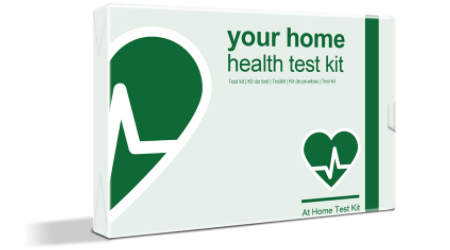If you’ve done any amount of research, you know that there are a few options when it comes to food sensitivity testing. Before you choose the right test for you, it’s probably going to be a good idea to understand what to expect. A smooth process is a well-understood process, after all. Here’s what you’ll want to know about food sensitivity testing using blood as the medium.
The process of blood-based food sensitivity processing
• Order a testing kit: Order the testing kit that is used specifically for blood testing. This will give you the proper testing tools as well as the instructions to match.
• Use the instructions to extract the blood: When you receive the test, follow the provided instructions to using the finger pricking needles provided. It’s important to use these tools to prick your fingers. These are designed to be injury-free and sterile. This will guarantee the right results for both you and the sample.
• Apply blood to the card: With your fingers pricked according to the directions, carefully apply the blood spots to the card as indicated. This sample is what is going to be measured in the lab, and the amount needs to be enough to test against all of the ingredients waiting for the test itself to take place.
• Send off the full kit to the lab: When the test is done, you can send it off to the lab and wait for the test results. When the lab receives your test, the results should be back to you in less than 2 weeks.
• The sample is tested against common sensitivities: In the lab, the blood is going to be taken from the sample card and then carefully tested against all sorts of common sensitivities to see how it responds to the ingredients themselves. Everyone’s blood will react a little differently, and the results are monitored closely.
• The level of IgG is measured for each sample: The actual results are measured by the level of IgG antibodies present in your blood when it comes into contact with each of these ingredients. The higher the amount, the more severe a sensitivity it is. Generally, anything with IgG antibodies above 85% is considered a food sensitivity.
• The results are sent back to you: The results of the testing process are emailed back to you, and you can use those to help you make changes if needed with the guide and other information to help you do so.
Are there other options?
There are other options that you can use for food sensitivity testing, including a hair sample test as well as the combination of an elimination diet with an oral test. Both of these have pros to them as well and are great alternative options to a blood test if you would rather rely on a testing method that doesn’t use blood.
It’s pretty neat to think that food sensitivity can be done through blood just like an allergy test can, and the science is as concrete as you’d expect from any other scientific test. Whether you knew about the validity of blood food sensitivity testing before today or not, it’s certainly a great option to consider when you want a lab-based test that is going to offer actionable results for your food-related life.

